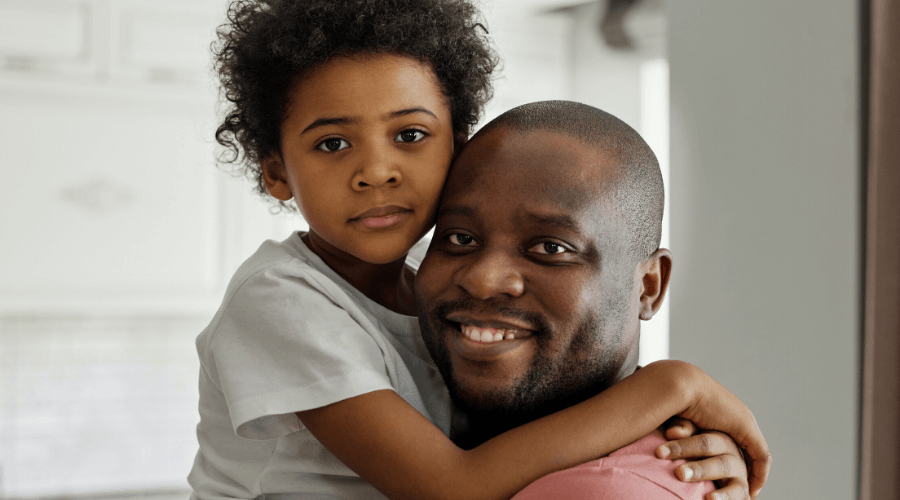Healthy family relationships

Maintaining healthy relationships with your autistic child or young person is grounded in positive communication. Understanding the impact that different types of communication can have on individuals is important.
In our schools and college we use an evidence-based approach to positive communication. Here we summarise Professor Shelly Gable’s research around types of communication and responses, and the affect they can have on a relationship.
Different ways of responding
Usually, we want to share information that has made us happy, maybe an experience or feeling. How we communicate and respond to good news or what someone else finds interesting can either build a relationship or undermine it.
When we communicate, there are four ways we respond which determine how someone feels.
Passive but constructive
Passive constructive responding is very understated and doesn’t show authentic interest.
It can sound like: “Oh right... Cool.”
It can look like: no enthusiasm, low energy, no eye contact, sighing or turning away.
It’s impact may make the person feel un-important or embarrassed about reaching out.
Actively destructive
Active destructive communication happens when someone is focused on the negative details and squashes someone’s opinions or good news.
It can sound like: “Are you sure, that doesn’t sound very fun. It’s boring.”
It can look like: shock, criticism, killing any excitement.
It’s impact may make the person communicating feel shy and disheartened talking about the subject.
Passive but positive
A passive but positive response happens when someone shifts the attention to themselves and are pushed to the side with no further discussion or conversation about it.
It can sound like: “That’s nice”
It can look like: a nod and a gentle smile.
It’s impact can leave someone feelings confused and diminished by the communication.
Actively constructive
Active constructive communication is the most positive form of communication. This is where someone shows genuine interest and wants to elaborate on the experience. This form of communication leads to stronger and healthier relationships.
It can sound like: “That’s really interesting – tell me how you feel when you do that?”
It can look like: leaning into the conversation, using hand gestures, people might try to show something on their phone to help communicate the experience.
Active constructive communication makes the person feel validated and understood as the conversation progresses. By actively responding with interest and enthusiasm and asking questions that help to almost re-experience the moment, the conversation is pleasant and satisfying for everyone.
Benefits for the family
Being aware of how we respond to one another helps to improve communication and build healthier relationships. How you respond to someone’s good news, or something they find interesting will make them feel a certain way. Everyone wants to feel heard and valued, especially by the ones we love. There are lots of benefits to active constructive responding.
- Increased positive emotions.
- Increased self-esteem.
- Decreased loneliness.
- Increased relationship satisfaction.
- Increased trust.
- Increased liking.
- Increased closeness.
- Increased stability.
References
Gable, S. L., Reis, H. T., Impett, E. A., & Asher, E. R. (2004). What do you do when things go right? The intrapersonal and interpersonal benefits of sharing positive events. Journal of personality and social psychology, 87(2), 228.
Gable, S. L., & Reis, H. T. (2010). Good news! Capitalizing on positive events in an interpersonal context. In Advances in experimental social psychology (Vol. 42, pp. 195-257). Academic Press.

